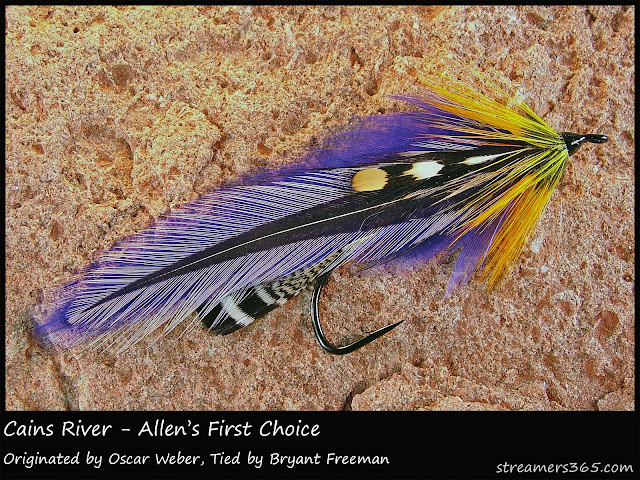Well I received another lesson on what trout want to eat and when they want to eat it.
Yesterday found me angling on a small stream. The weather was great with bright sunny skies and temps in the forties. I tied on a favorite wet fly a Picket Pin. As I let the fly go drifting downstream to raise hell with the resident population of wild brookies and browns. On the first retrieve a brown struck the Pin and was on although for a brief time before throwing it back at me. I said to myself this is going to be a good day.
I continued fishing the Pin hooking up on a few brookies before the interest in the fly suddenly came to a stop. I changed flies putting on an emerger, a Ausable emerger. It's a body of rust orange possum dubbing with brown and grizzly hackle. I worked this fly and it drew attention. They looked and chased but did not take.
As I lay my hand under the brook trout I was impressed with what had taken the caddis dry. A beautiful hooked jaw male. A male that had been in this stream for some time. He was photographed, thanked and sent on his way.
Lesson learned. Trout will rise to a dry fly in January.
Colors that I seem to never tire of.
The run where the brook trout hit the caddis.
This is one of the better brook trout I have taken from this stream. A brook trout I will remember forever. A brook trout that took a EH Caddis in January.
CLICK ON IMAGES TO ENLARGE





















































